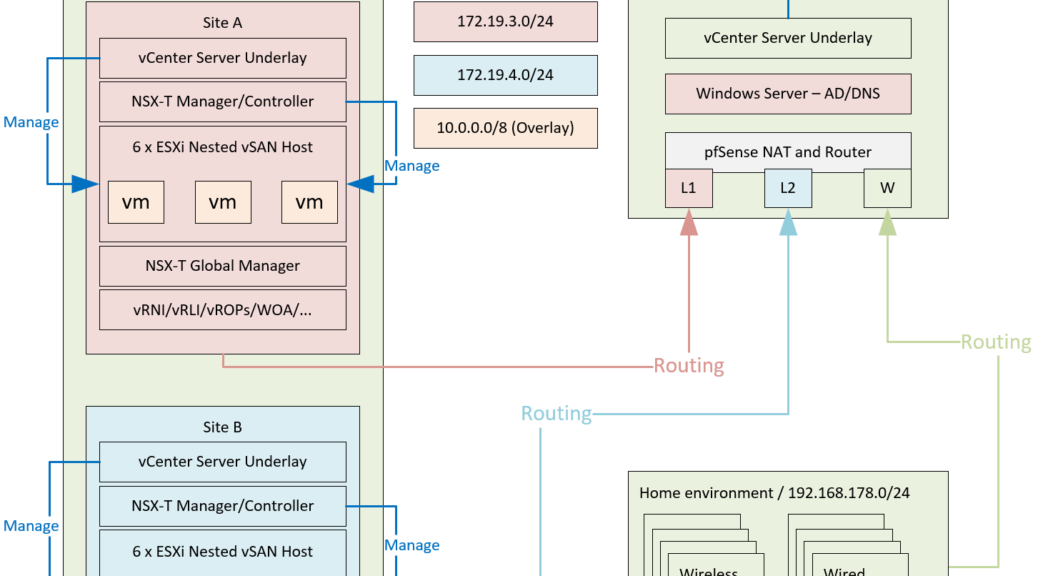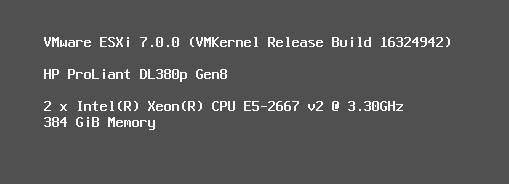NSX-T Global Manager installation and initial setup
In my new lab environment, I will be working with two locations (Site A and Site B) and a Global NSX-T Manager to centrally manage the environment. For this, I installed a Global Manager after I deployed both Local Managers. Since I am not made of resources, all sites and the global environment will consist of one appliance, but in a production environment you would definitely need three per function. The installation of the Global Manager is almost identical to…

